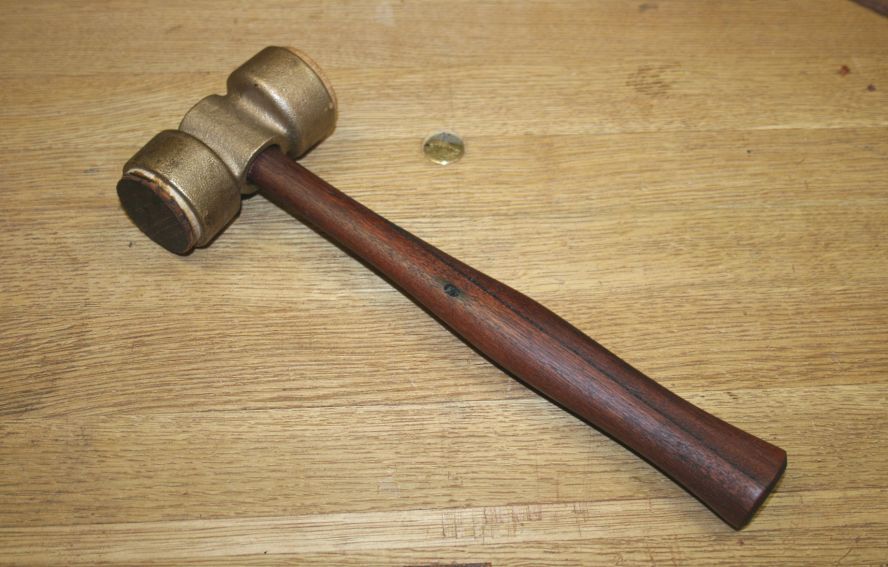I've got two questions for the Sawmill Neanderthals.
First, what are you using to make "long" measurements? I'm not talking about 20 feet, but basically anything over a foot. I use the 6-inch rule from my combination square, a Stanley framing square and a tape measure for any marking that can't be done with dividers, but the tape measure and framing square aren't very "romantic" (capable, somewhat trustworthy but boring). I asked for a 12-inch Starrett rule for Christmas. It'll be my go-to bench rule so I don't have to pull the rule out of my square, but that still won't cover everything. For instance, tonight, I am building a mortise-and-tenon face frame. For the two pieces with a tenon on each end (rail? stile? need to brush up on vocab), I need to be pretty precise with my measurement and have 23 inches between shoulders. How would you mark that space? I'll probably use the framing square, but wish I had something else. I don't like fighting the second arm when there are tools all over the bench. In our high school shop class we all had 24-inch wooden rules (not sure who made them, but Lee Valley sells some like them). They had brass folded over the ends, but I recall that they weren't high quality and the brass ends tended to shift a bit over time. Are the ones from Lee Valley any good? Anyone else make them?
Question No. 2: How heavy is the chisel mallet that you use to chop mortises? I have a cool mallet that a friend of mine turned from a piece of oak that was part of a beam in one of the old barns on his family's farm. The wood is so dense and solid that it hasn't even dented. But, it's pretty light for chopping some mortises. So I'm building a big dog mallet and am considering adding some brass plates or lead shot to it to add weight. What do you guys think? If it matters, my mortise chisels are the English style chisels made by Iles and sold by Tools For Working Wood. They're pretty sweet.




 Reply With Quote
Reply With Quote








